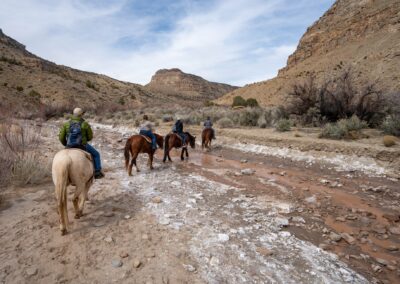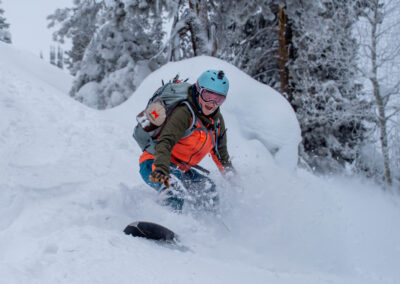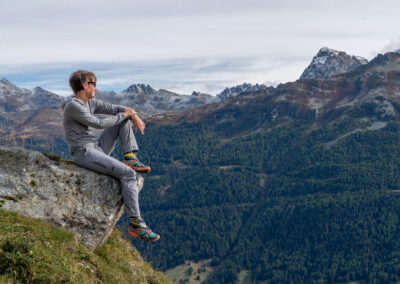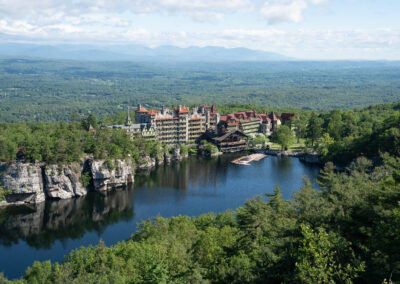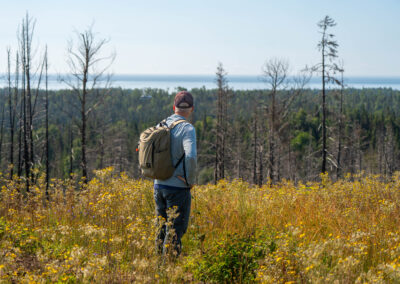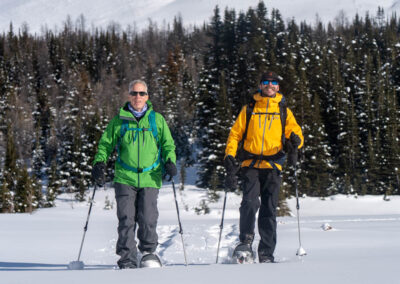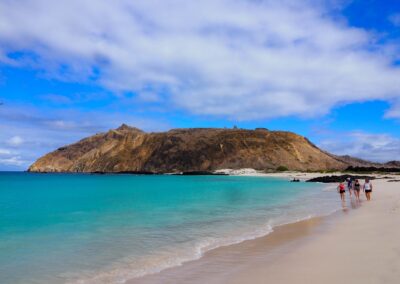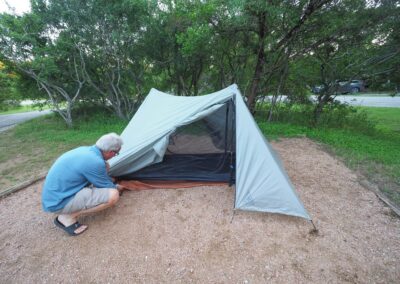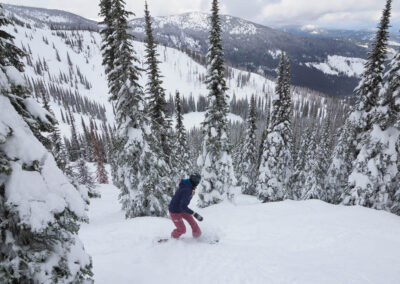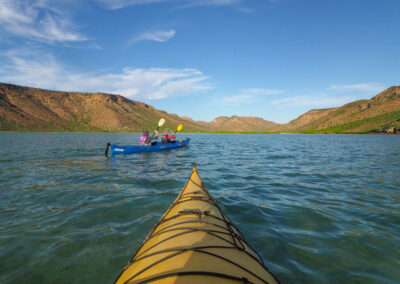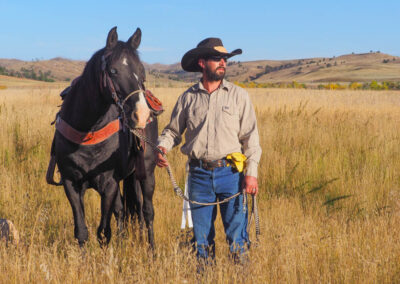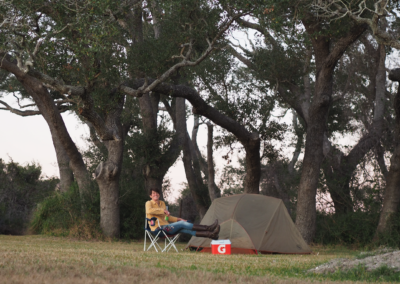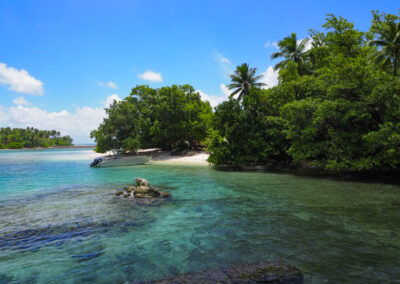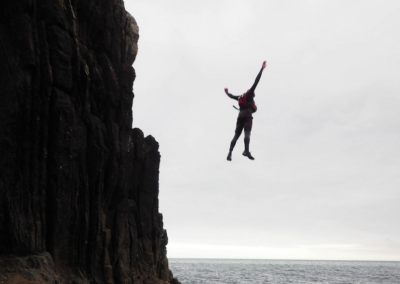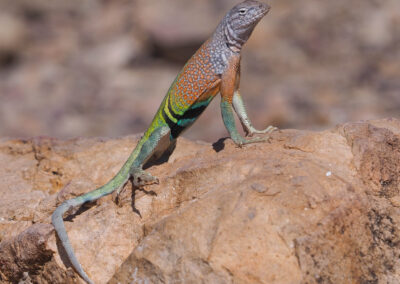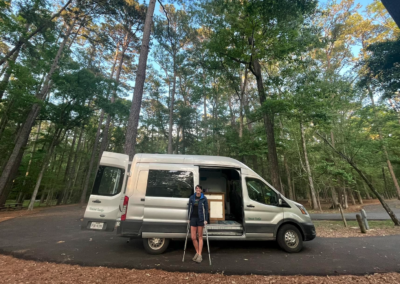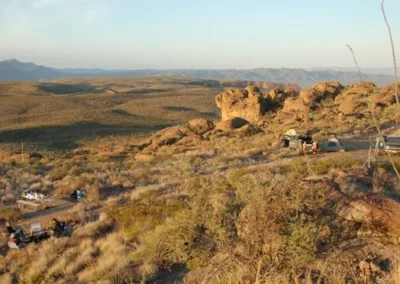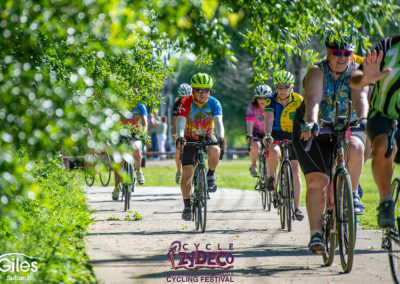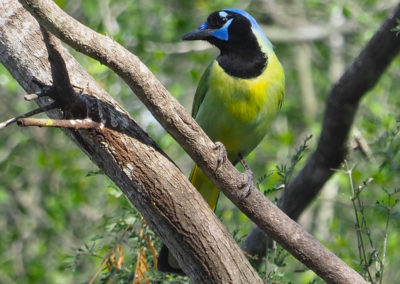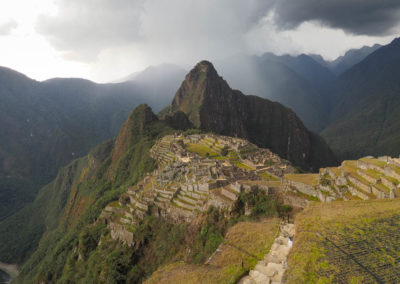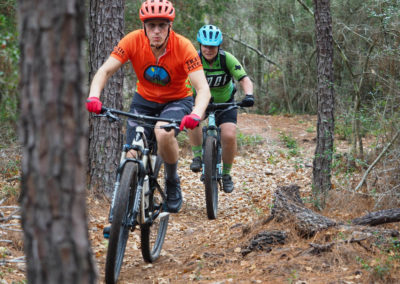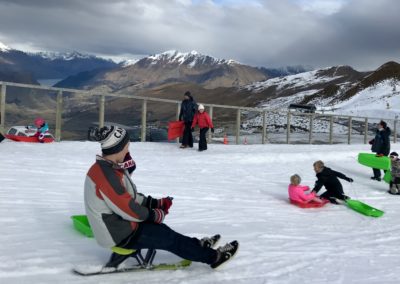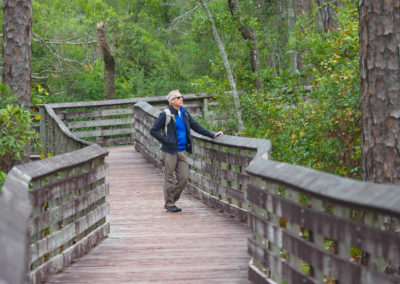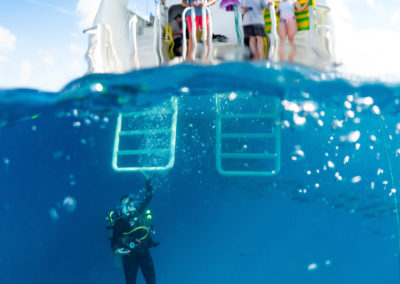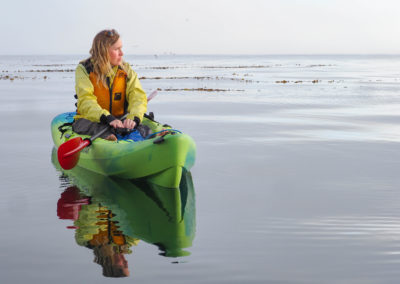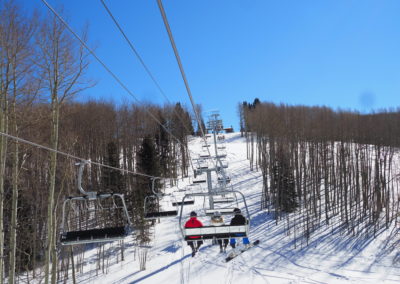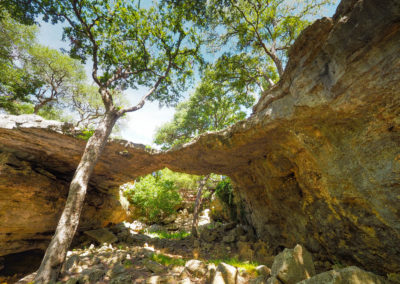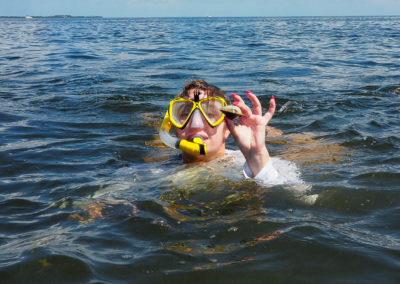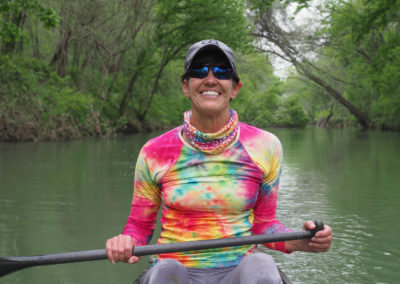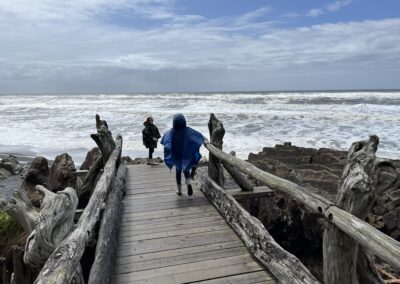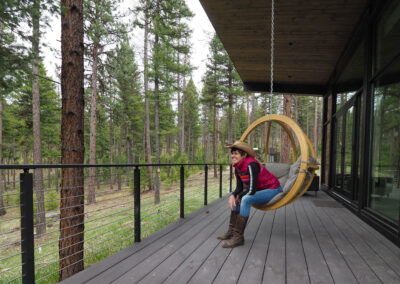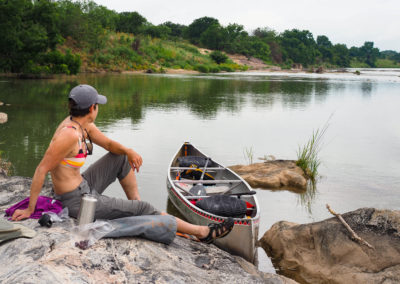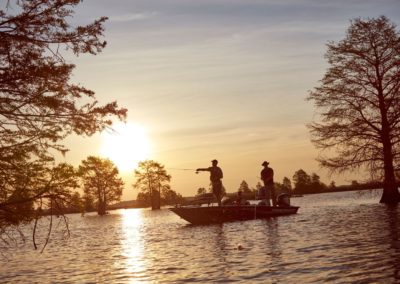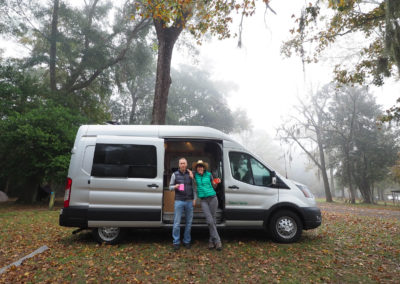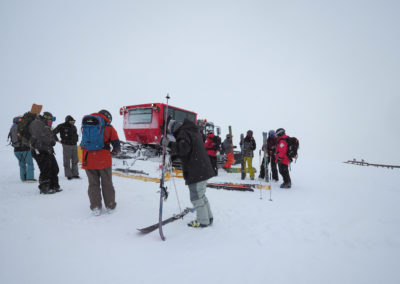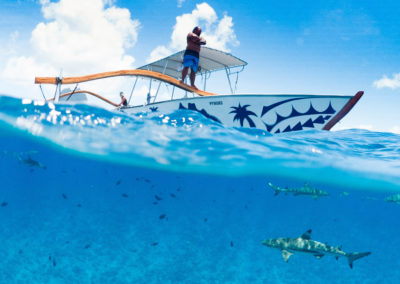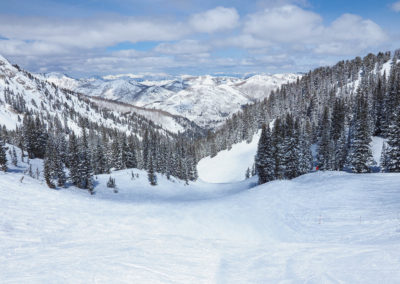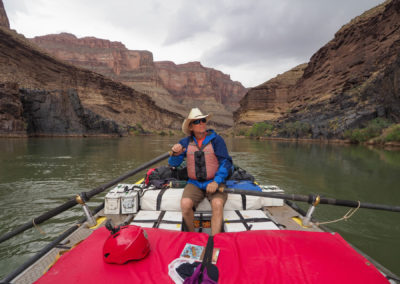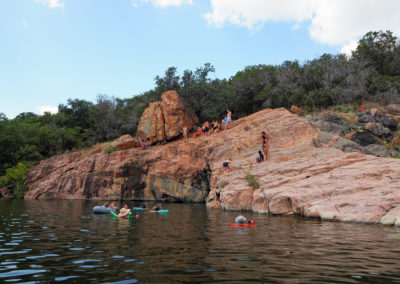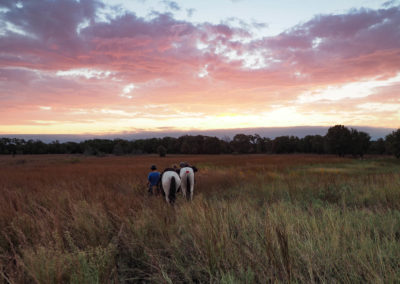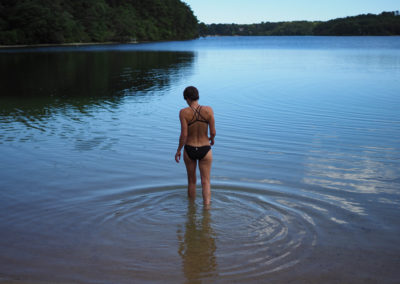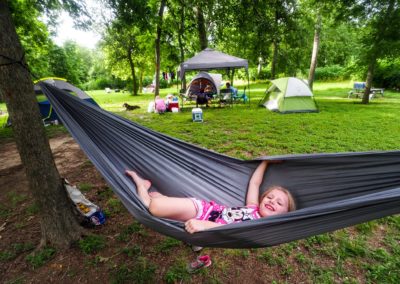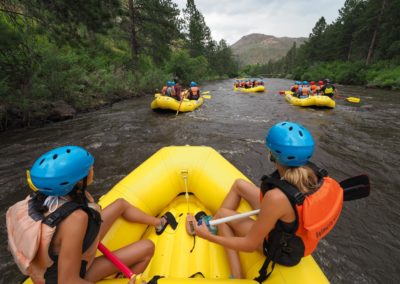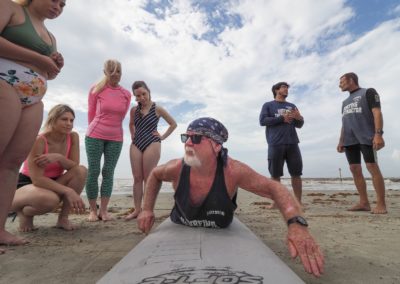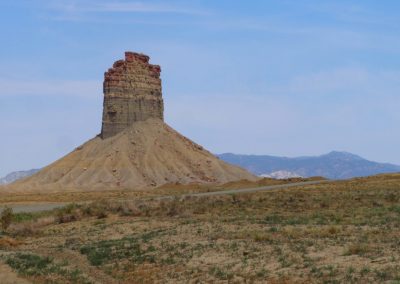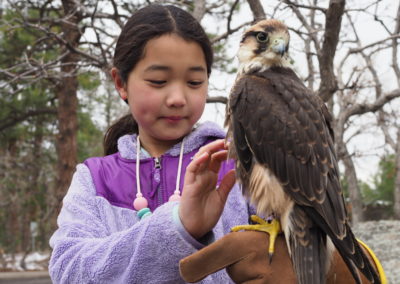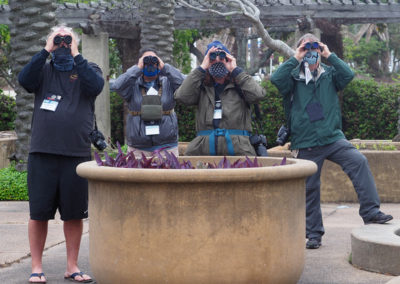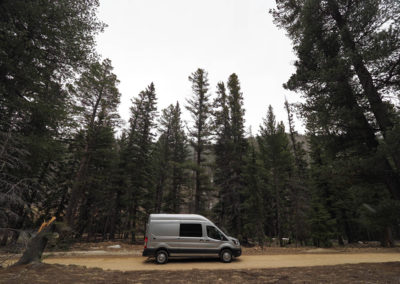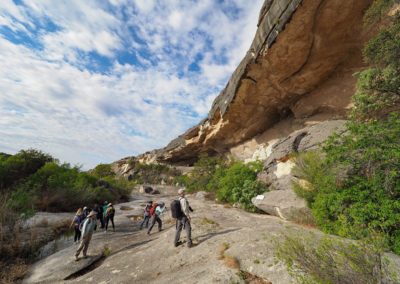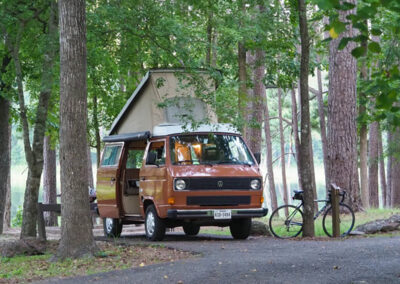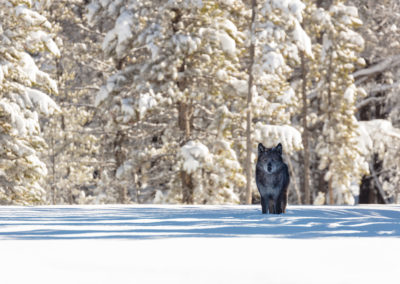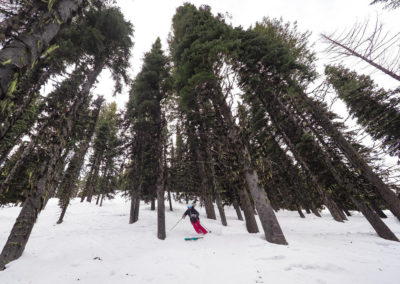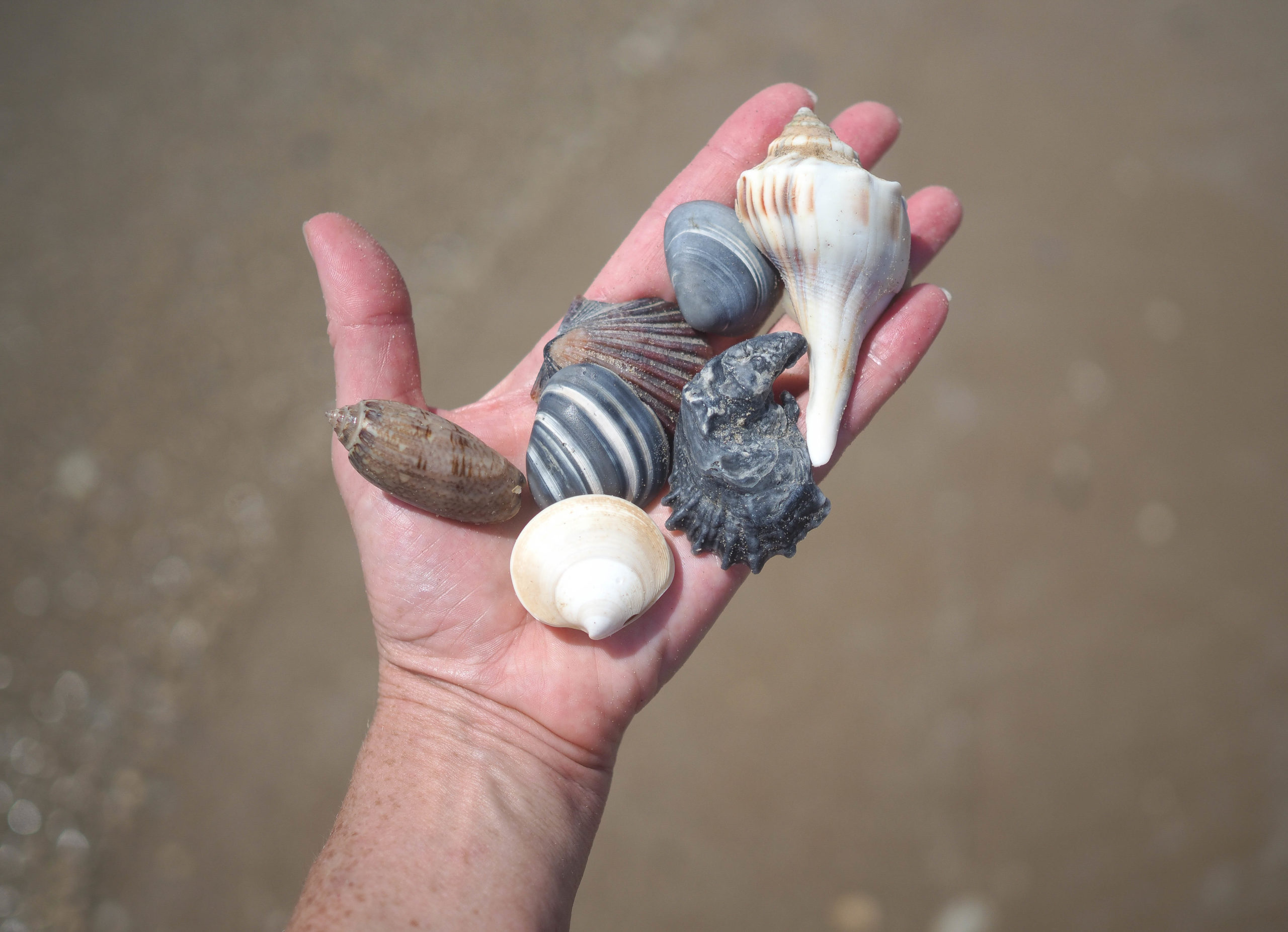
A beach across from Matagorda Bay Nature Park might be the best spot to find shells in Texas. I found this selection, including the lightning whelk, top right, there a few days ago. Pam LeBlanc photo
I recently discovered the best spot to find shells in Texas, but you can’t get there by car.
To reach the stretch of Matagorda Beach where I found handfuls of lightning whelks and lettered olive shells, you’ll have to either paddle across the Colorado River, where it opens into the Gulf of Mexico, or hop on a motorboat. Either way, it’s a short ride from Matagorda Bay Nature Park, an 1,100-acre parcel of parkland operated by the Lower Colorado River Authority just across the way.
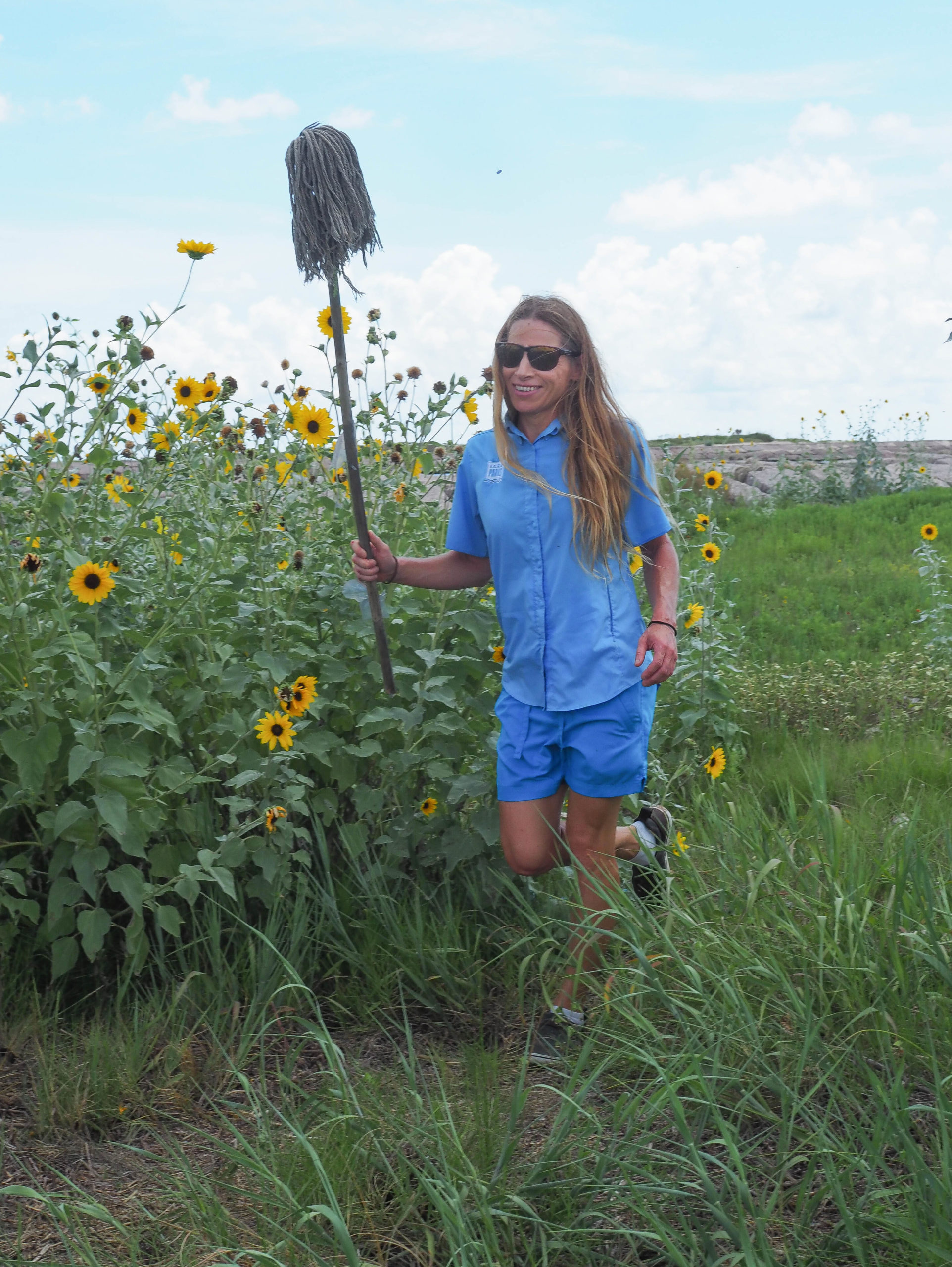
Stacy Zahn uses an old mop to check for snakes while hiking to a beach to look for shells. Pam LeBlanc photo
I used a rental kayak from the park to paddle across the river to the opposite shoreline, then hiked through some thick underbrush (watch for rattlesnakes!) and along the big granite chunks that make up the jetty to get to the deserted beach.
If you make the trip, stay on the beach. The land adjacent is privately owned, and you’ll be trespassing if you wander beyond the sand. Besides, if you’re looking for shells, you’ll want to stay near the water anyway.
Shell-hunting tips
The best time to find shells is before or after low tide, or after a storm. When you walk along the shoreline, look for the line of debris that marks the most recent high tide. That’s where the newest shells are deposited.
When you’re hunting, be sure to walk a little higher on the beach, not just at the debris line. That’s where you can sometimes find larger shells. And before you head back across the river, look in the heaps of shells piled along the jetty. I’ve found treasures there, too
Related: Scalloping along Florida’s Sports Coast
I found dozens of lightning whelks, the state shell of Texas, in that zone. Lightning whelks are large, predatory sea snails, and if you hold the shell in front of you, the tail end down, you’ll notice it opens on the left. Other species open on the right. Lightning whelks can grow as large as 15 inches, and you can see a big one found on Matagorda Beach on display at the visitors center at Matagorda Bay Nature Park.
Many of the ones I found were broken, so I left them behind. I found a trio that measured about 5 or 6 inches long that I deemed worth keeping, though.
Other beach treasures
I also found a few lettered olive shells, cylindrical-shaped shells about 2 inches long that look like they’ve been lacquered they’re so shiny.
Thick, palm-sized shells called quahogs are common, as are scallop shells, which come in a range of colors, from red or orange to green and gray. Giant Atlantic cockles are ridged, like Ruffles potato chips; oyster shells are everywhere, and sharp enough to cut your feet if you step on them.
Be sure to check for hermit crabs before you take a shell from the beach. You don’t want to kill an animal for its home, and dead crabs don’t smell good.
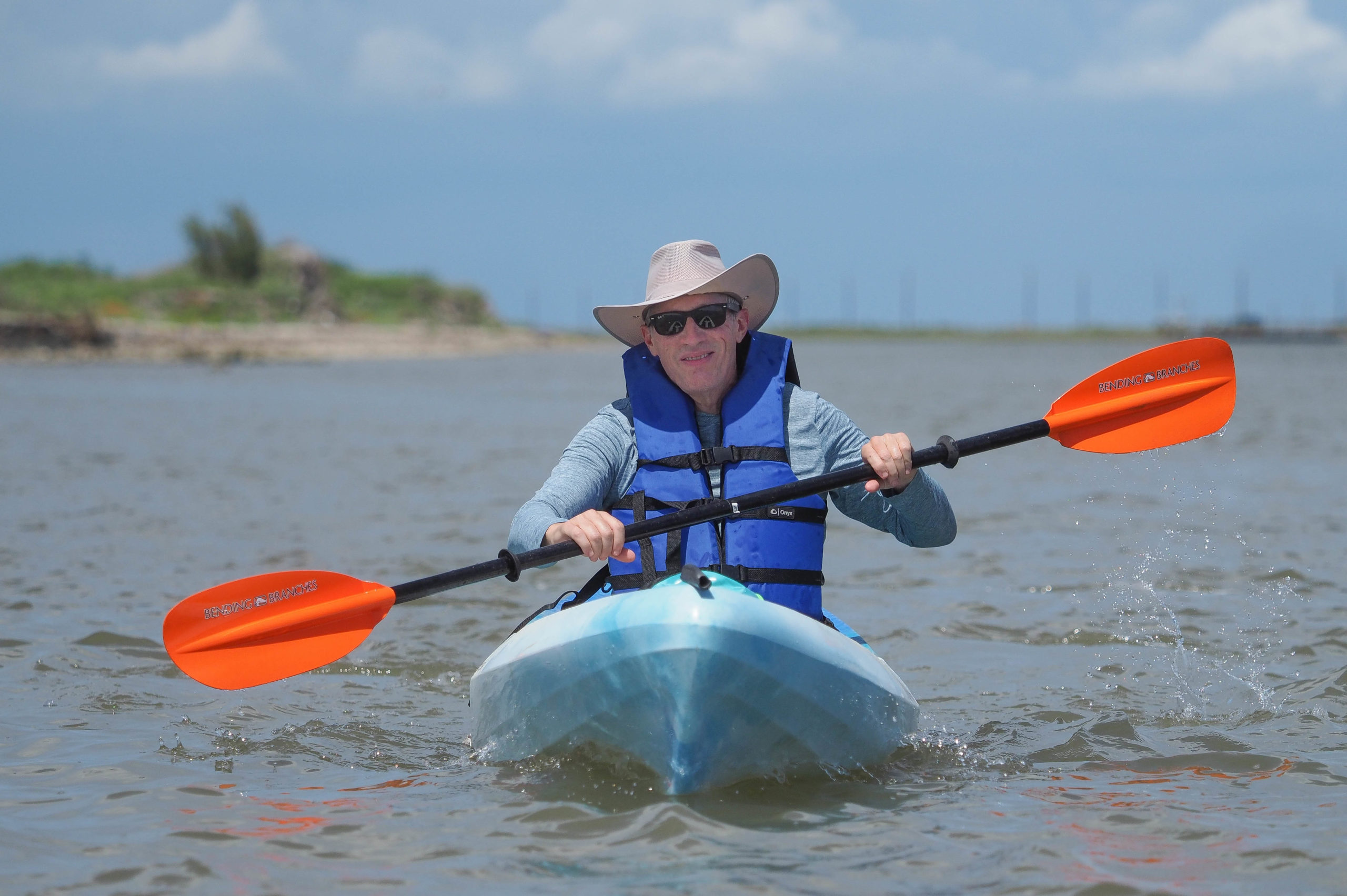
Chris LeBlanc paddles a kayak across the Colorado River to look for shells on a secluded beach. Pam LeBlanc photo
I was hoping to find sand dollars but didn’t find any here. (I’ve found them along the beach at the cut between North and South Padre Island, farther south from Matagorda.)
Take three for the sea
One last tip.
Please bring a trash bag and pick up a few pieces of trash. (My motto is Three for the Sea.) Nobody patrols this stretch of beach, and litter washes up every day. If we all do our part, we can keep it relatively clean.








